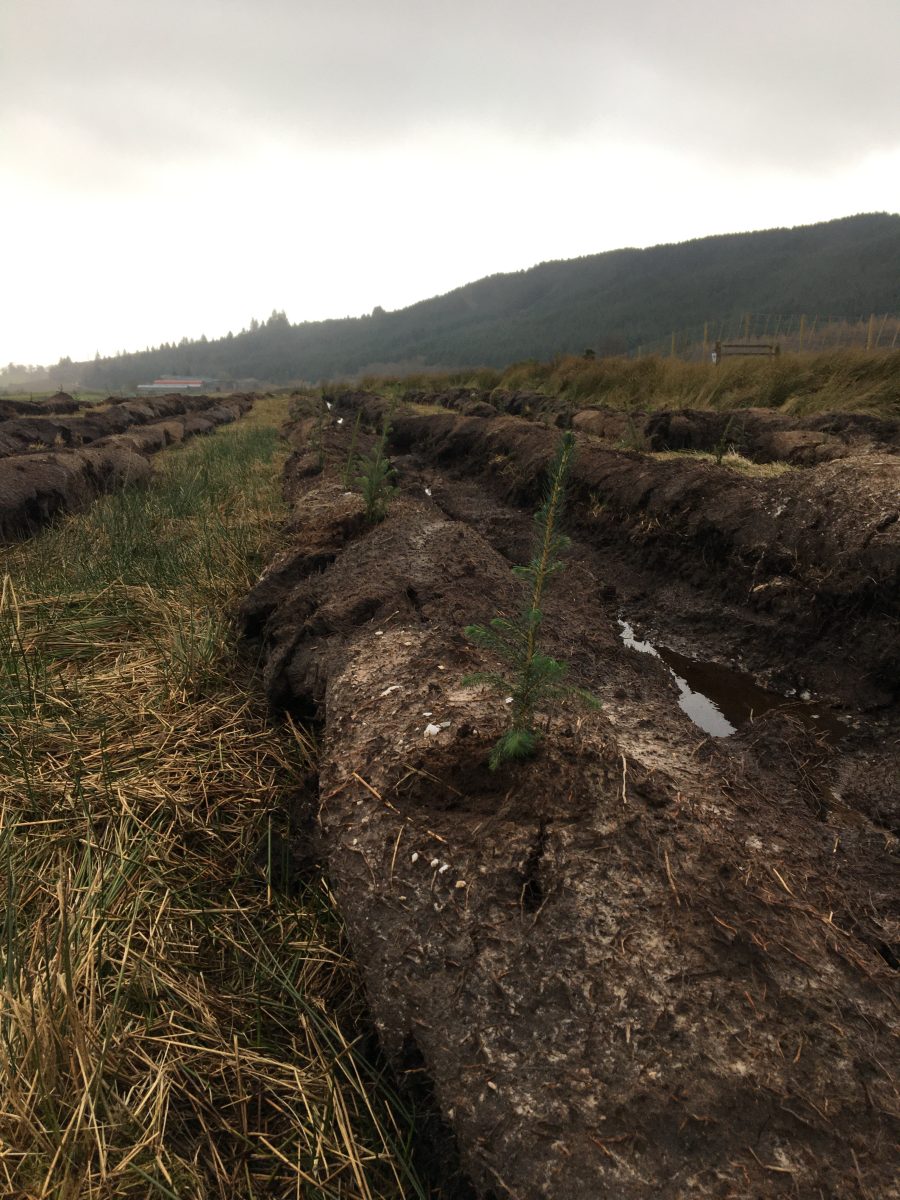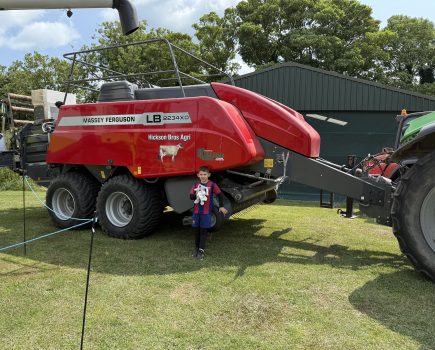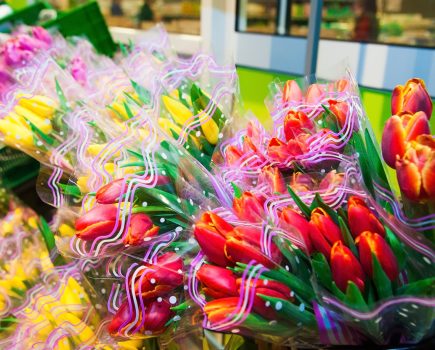I had planned to update readers on our new woodland creation scheme, where we are planning the final stages to the ‘carbon capture’ tree planting route which we had put ‘on hold’, due to uncertainty over DEFRA’s delay until ‘somewhen’ in the new year.
Having contacted our agent I’m relieved to say all systems are now go for the tree planting to go ahead next autumn. Carbon capture schemes are, I’m told, separate from the biodiversity net gain (BNG) scheme. Nothing is ever straight forward with DEFRA.
The decision to plant the land to woodland came about because I had been getting a steady flow of developers offering to fill our ‘grade one’ land up with some 500 to 700 new homes, which I had no intention of inflicting on my little community. Our old home is a farming hamlet with around 800 years of quite well documented history. Four generations of my family have lived on and farmed the land here for the past 200 years.
We have also, recently, seen too much ‘city money’ buying up farmland around a number of nearby villages in this part of West Sussex and, within a short time, cashing in and covering much of the land with new houses, while they themselves probably live miles away in peaceful, undeveloped seclusion.
Seeing such behaviour decided me some time ago that that wasn’t for us, so it’s to be woodland, which, when I come back to have a look, in 50-odd years’ time, will be mainly stately oaks with several other species and maybe a couple of groups of virus-free elms to encourage back our huge rookeries of years past, sites that died in the late eighties with the arrival of Dutch Elm disease.
The hamlet had two such rookeries, each with more than 100 nests high in the treetops. Their chatter was much better than listening to BBC Radio 4 today.
Sad to say, the situation with our old hawthorn hedges has deteriorated even further. They began losing their foliage and blossom in mid-May, just as they were looking their best with their lovely blossom. Within two weeks approaching 90% of the trees along two of our worst affected ditches were brown and pretty obviously dying.
There has been no spray apart from the usual application of glysophate in March, but it’s always kept well away from the hedges. The only other thing we have had is, according to a Southern Water inspector but later denied by Southern Water, the fact that the ditches were covered in raw sewage and their banks lined with chopped toilet paper. Other hawthorns, on higher ground, above the polluted ditches, all remain healthy.
May blossom is one of the highlights of the month of May; the blossom around our hedges, left in years gone by as shelter for the cattle and nesting sites for so many farmland bird species, was memorable. Sadly no longer, and all these trees are going to have to be removed.
Additionally, we have lost many of the smaller birds as well, although this is equally due to predator birds as well as pollution. The particular avian villains are magpies, jays and crows, species which have been the countryman’s main avian enemies for centuries but which are more recently starting to come under the guise of some crankish, government-supported ‘wildlife protection’ theories. Legislation is making it harder for the villains to be kept under control by landowners and gamekeepers, in the process almost wiping out the dwindling numbers of already rare species.
If basic common sense were used, and eyes, it might soon become obvious where the problem is: Westminster taking bad advice.
Some ten years ago we were informed that a major power line through our home farm was going to be removed and the line put underground. We were delighted. The operating company, Scottish and Southern Electricity (SSE), finally got around to laying the cable some four years back, and despite a very wet winter, with the inevitable local flooding, the operation looked like being completed around early 2021 – until we heard they had “a couple of problems” and work had to be put back till they were solved.
Today we appear not an inch further forward. At a time of year, a dry autumn, when the job of removing the overhead lines and the huge double poles could be done without damage to land/crops, three seasons have since passed. Nothing has happened. Our land agent tries to find out where the problem is but gets no answers. They, like the contractor’s work gangs, simply don’t come!
It is very frustrating. SSE seems to have no idea about dry seasons, growing crops and wet seasons, so their hugely expensive investment simply lays there, probably gathering faults from water ingress, even before the cable is operational. The poles, never a very attractive sight in themselves, still need engineers to visit and probably trample growing crops. It really is a shambles for such a big company to operate in such a manner.
With Christmas fast approaching I struggle to find anything very cheerful to complete this article, so in the meantime I wish all my fellow farmers, associated contractors, families and staff a very peaceful and healthy Christmas and everything you wish yourselves in the New Year My own wish is that the world and its varied nationalities and religions starts thinking less about aggression and wars and more about living together with other nations, in peace.
Pictured: Rows of one year old Sitka Spruce on a saturated hillside in Argyll. In three years’ time the hills wil be green with thousands of young trees







